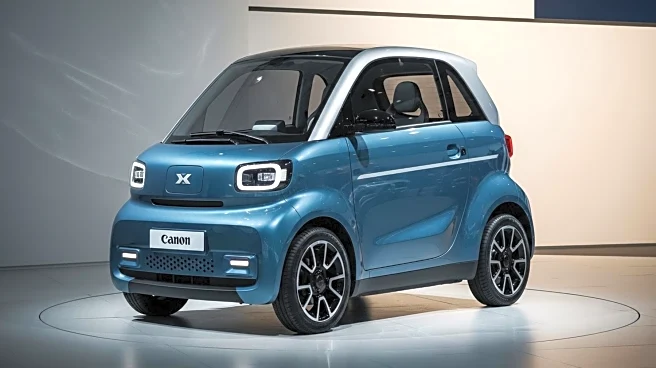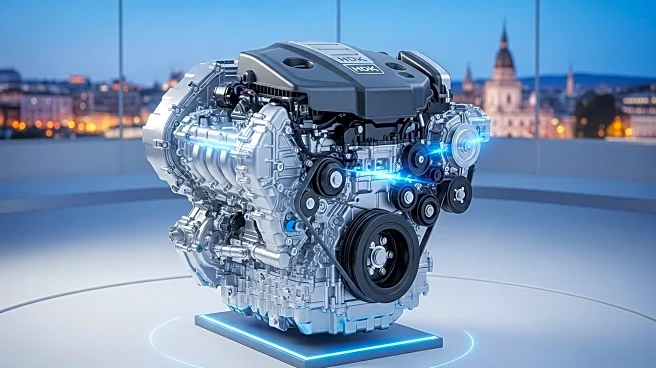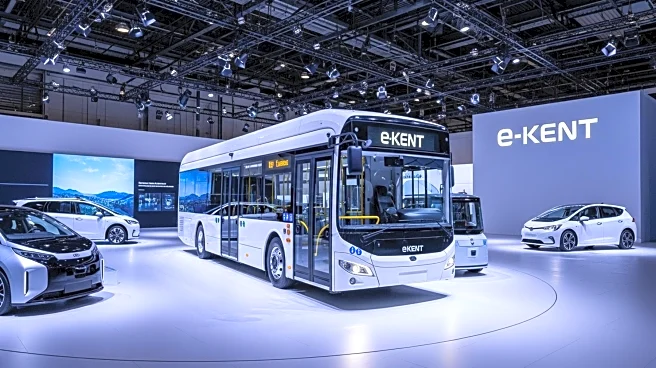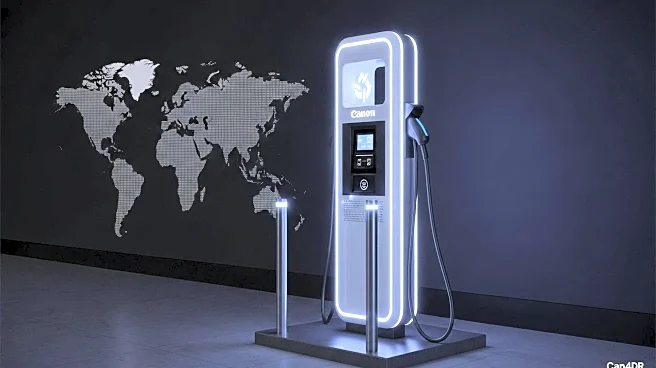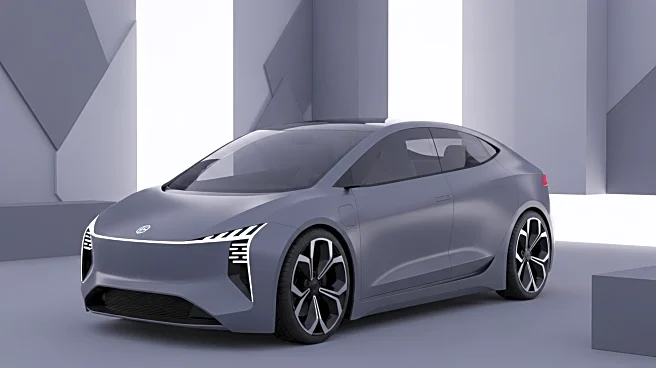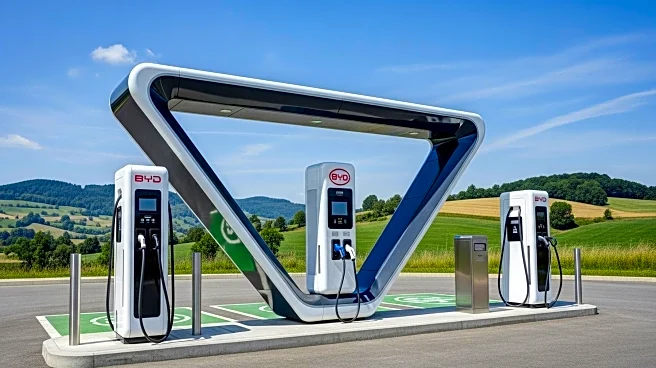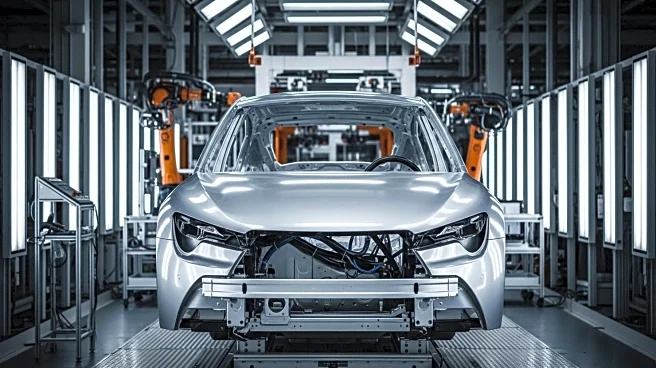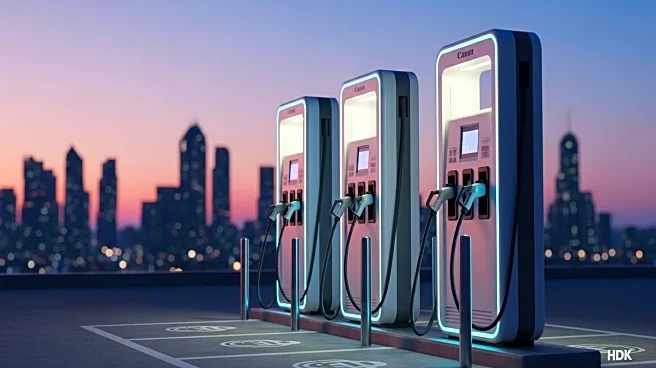What's Happening?
Renault's Dacia brand has introduced a prototype for a compact electric vehicle, the 'Hipster Concept,' priced under €15,000 ($17,608). This design aims to compete with affordable EV models from Chinese manufacturers like BYD, Leapmotor, and Nio, which are gaining traction in Europe. The vehicle features a box design with vertical windows, a smartphone docking station, and a practical strap instead of door handles. Renault and Stellantis are advocating for relaxed EU regulations on small car production, citing the popularity of compact vehicles in urban settings.
Why It's Important?
The introduction of Dacia's affordable EV prototype highlights the growing demand for cost-effective electric vehicles in Europe, driven by consumer interest in sustainable and urban-friendly transportation solutions. This move could intensify competition among EV manufacturers, particularly Chinese companies that have been expanding their presence in the European market. The push for regulatory changes by Renault and Stellantis underscores the industry's need to adapt to evolving consumer preferences and market dynamics, potentially influencing policy decisions and manufacturing strategies.
What's Next?
If Dacia's prototype moves to mass production, it could significantly impact the European EV market, offering consumers more affordable options and challenging existing players. The ongoing campaign for regulatory changes may lead to a shift in manufacturing practices, encouraging the production of smaller, more efficient vehicles. As competition heats up, manufacturers may focus on innovation and strategic partnerships to enhance their market position and meet consumer demands.
Beyond the Headlines
The development of affordable EVs reflects broader trends in the automotive industry, including the push for sustainability and the influence of global economic factors on consumer behavior. The rise of Chinese manufacturers in Europe could lead to shifts in trade policies and international relations, particularly concerning environmental standards and market access. The focus on compact vehicles may also drive changes in urban planning and infrastructure development, supporting the transition to greener transportation solutions.

